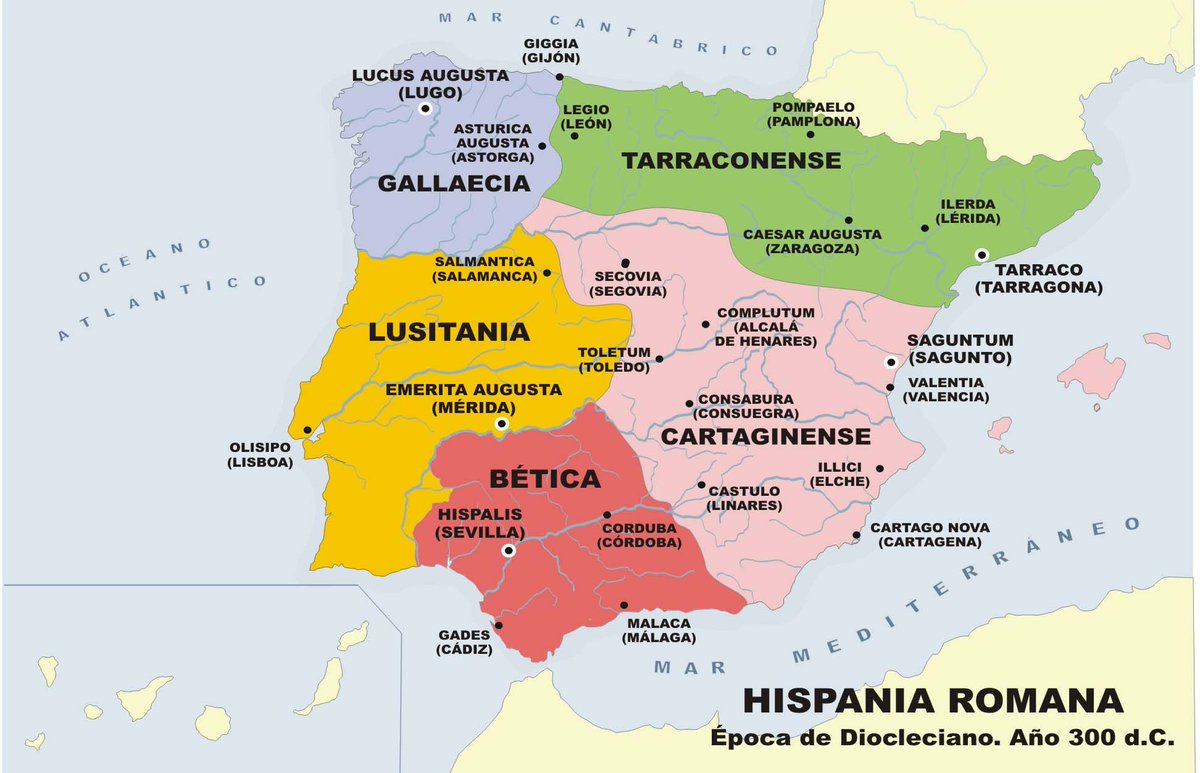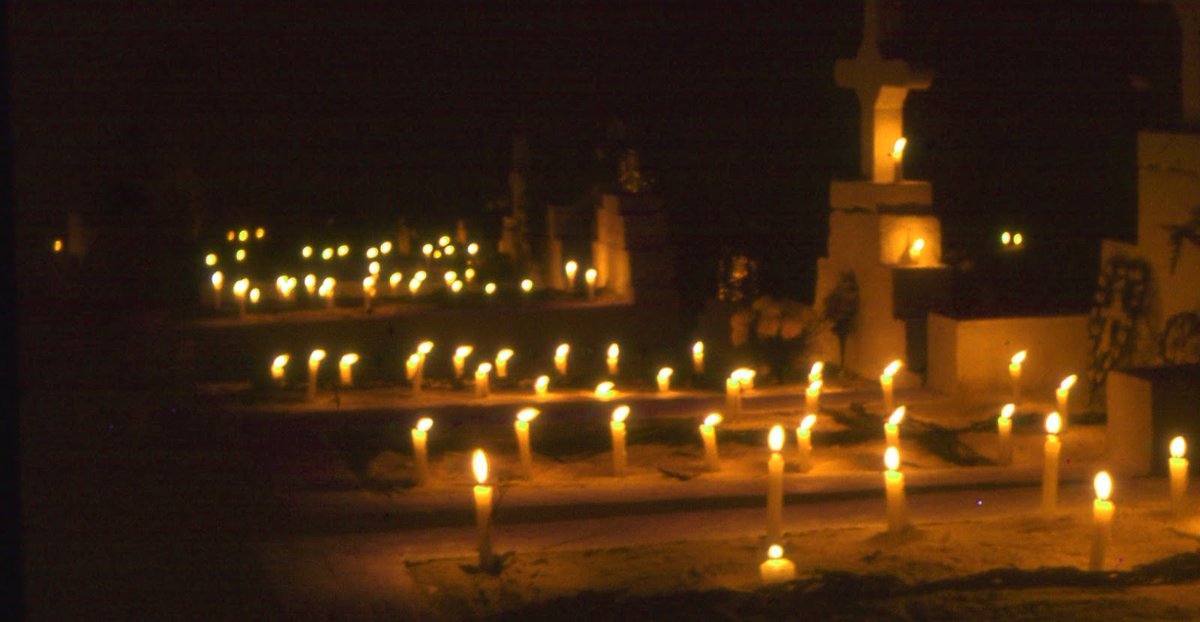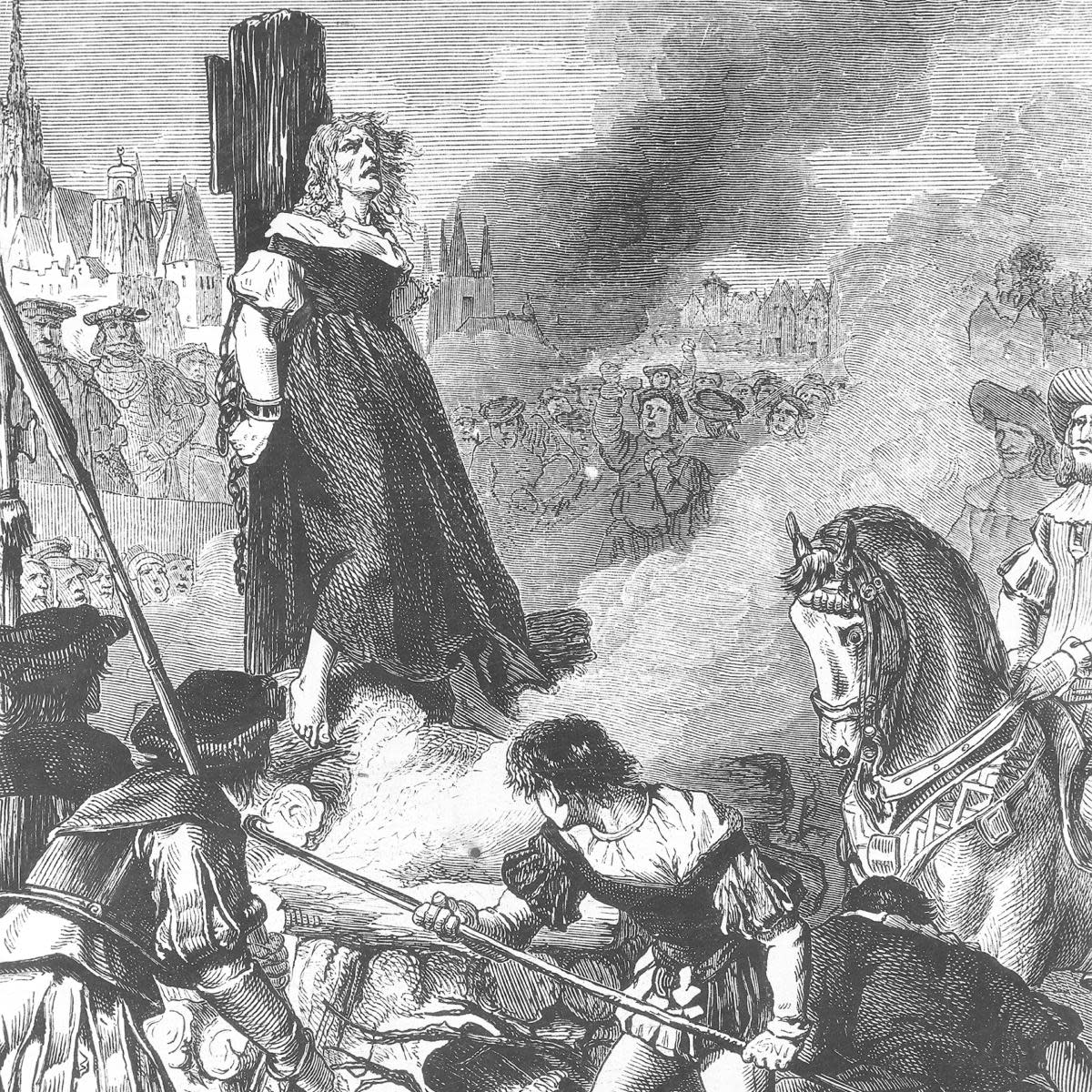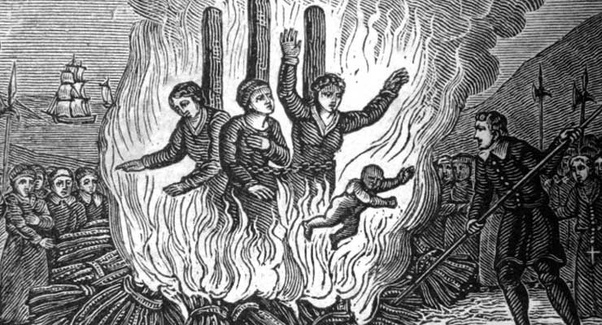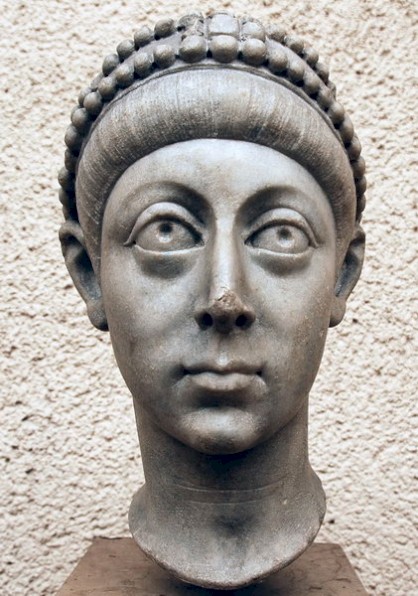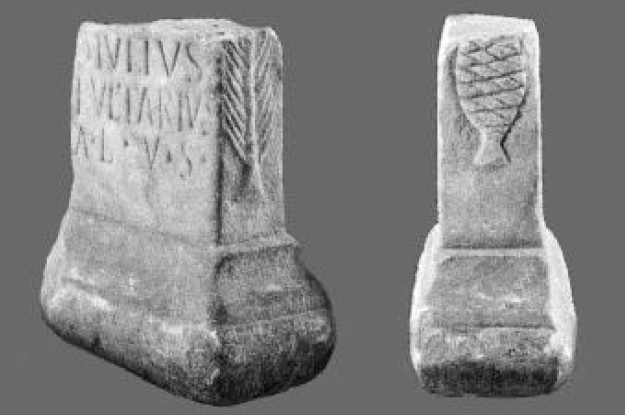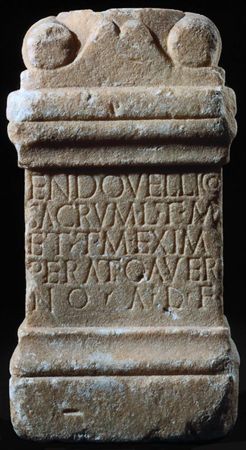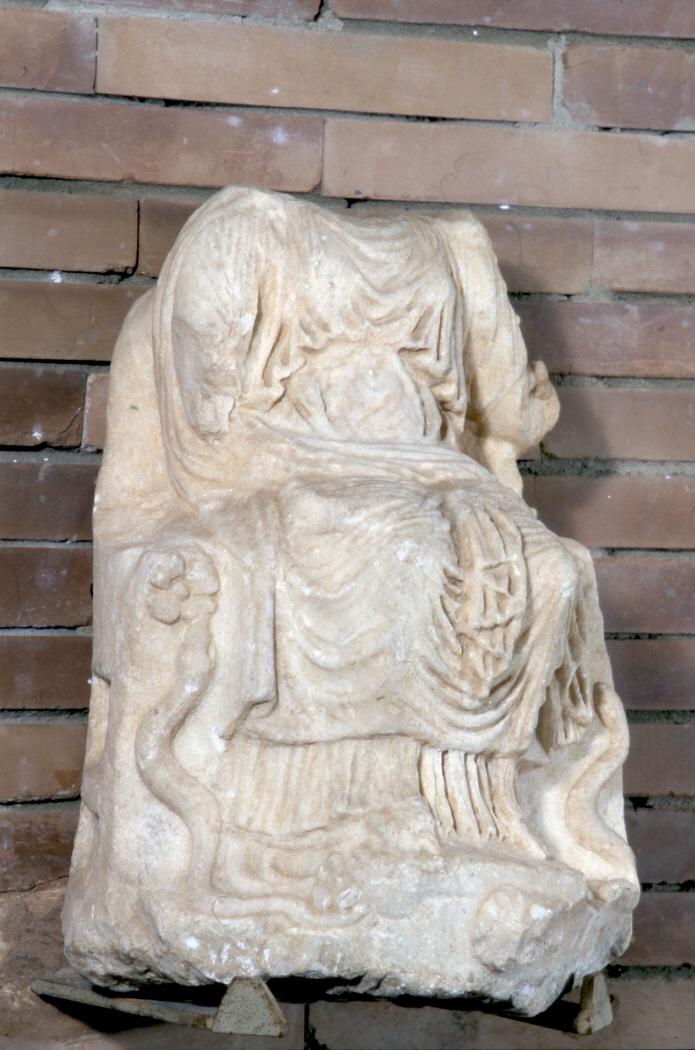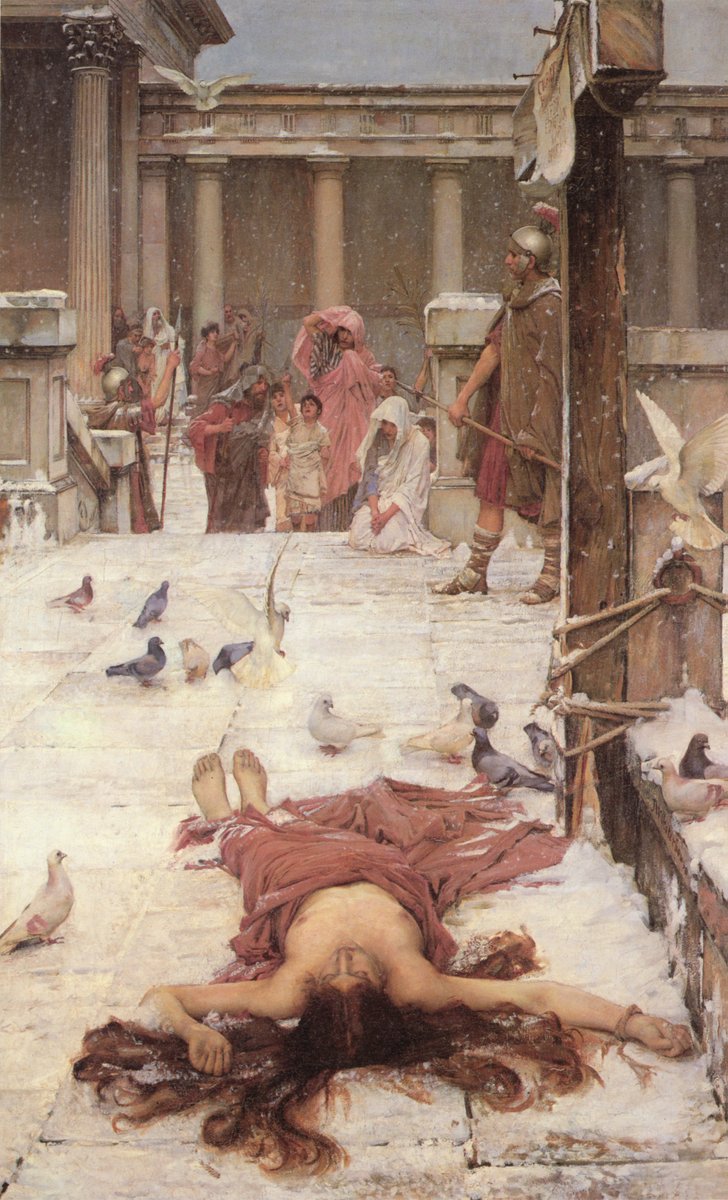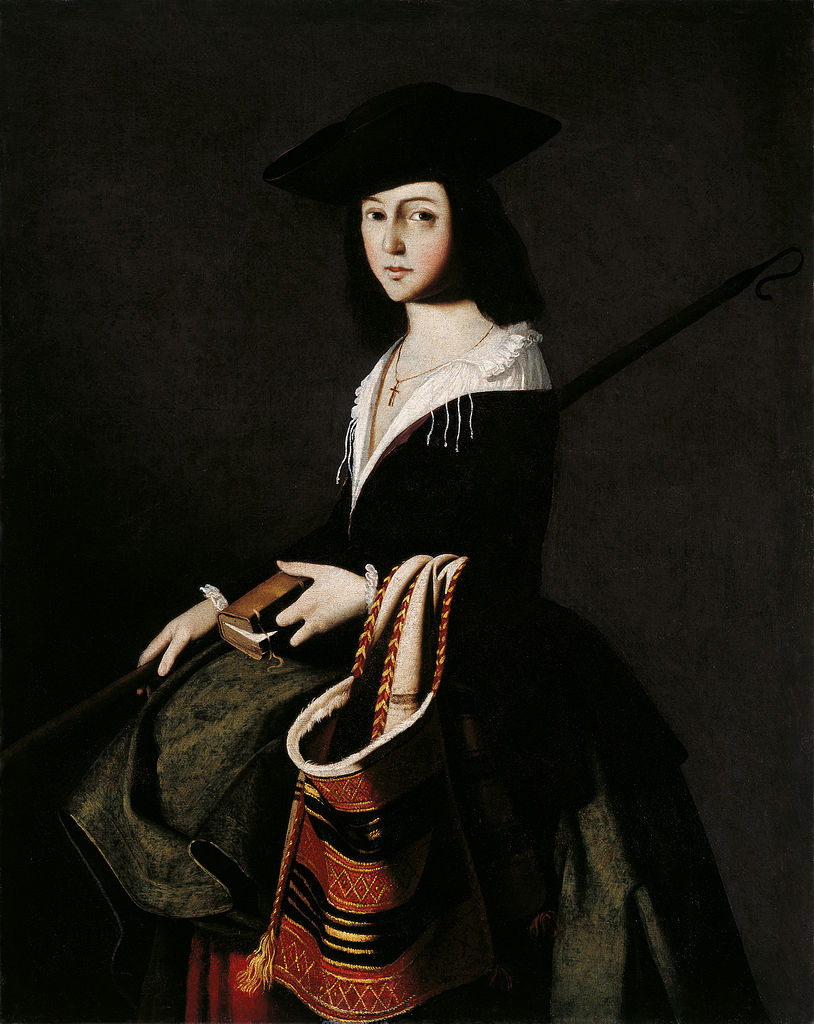1/ This will be the first part in a series of threads about the persecution of Pagans in Iberia after the Christianisation and fall of the Roman Empire.
The main goal of these threads will be to demystify the claim that there was no resistance to Christianity in Southern Europe.
The main goal of these threads will be to demystify the claim that there was no resistance to Christianity in Southern Europe.
2/ The first major event for Christianity in Iberia was the Synod of Elvira, held in present day Granada around 306 CE, then part of Baetica. Its main goal was to determine the course of action to start removing paganism in Iberia, as it was still a broadly pagan region.
3/ This was also on time to take advantage of the Edict of Toleration about to be given to Christianity by the Roman Empire. Matters discussed included:
What to do about the Christians still sacrificing to the native Gods
Permanent excommunication of Christians doing pagan rites
What to do about the Christians still sacrificing to the native Gods
Permanent excommunication of Christians doing pagan rites
4/ Penance procedures for converts.
Prohibition of baptism for charioteers and actors.
Many "interesting" actions were taken against women:
Baptised women were forbidden of associating with hairdressers and long haired men
Women were forbidden from writing to other Christians...
Prohibition of baptism for charioteers and actors.
Many "interesting" actions were taken against women:
Baptised women were forbidden of associating with hairdressers and long haired men
Women were forbidden from writing to other Christians...
5/ ... without her husband& #39;s consent.
Women could not receive letters of friendship addressed to them unless their husband was mentioned.
The Council also mentions the abundance of young women in the Church, which means the early preachers targeted women first.
Women could not receive letters of friendship addressed to them unless their husband was mentioned.
The Council also mentions the abundance of young women in the Church, which means the early preachers targeted women first.
6/ Pagan rites such as leaving candles in the cemetery were also forbidden. Funny they started doing it later anyway...
Women were also forbidden of holding vigil in cemeteries at night as they might had been conducting pagan prayers.
Women were also forbidden of holding vigil in cemeteries at night as they might had been conducting pagan prayers.
7/ Here we can see the efforts of the early Christians to mitigate paganism and pagan practices of Christians.
They also came up with many measures specifically against women, the keepers of our traditions, and who were always in the way of Christianity& #39;s expansion goals...
They also came up with many measures specifically against women, the keepers of our traditions, and who were always in the way of Christianity& #39;s expansion goals...
8/ The measures decided at the Synod were important for the coming actions of Christianity& #39;s establishment in Europe
Besides Priscillianism, no other important Christian events took place in Iberia until 392 CE, when Emperor Theodosius made pagan rites punishable by death or...
Besides Priscillianism, no other important Christian events took place in Iberia until 392 CE, when Emperor Theodosius made pagan rites punishable by death or...
9/ ... threatened with loss of property. In 395, Arcadius ordered that no one could enter pagan temples to offer sacrifices. However, an exception had to be made for Iberia, as paganism was still so widespread. However, in 399 CE, the destruction of all pagan temples was ordered.
10/ We know that around this time the most important pagan temples in Iberia were destroyed, such as:
Cerro de Los Santos, in the Bastetani region, Eastern Iberia, destroyed and burned. Active since the Neolithic, later used by Iron Age Iberians and Greeks https://twitter.com/Herminius_Mons/status/1243955578457804801">https://twitter.com/Herminius...
Cerro de Los Santos, in the Bastetani region, Eastern Iberia, destroyed and burned. Active since the Neolithic, later used by Iron Age Iberians and Greeks https://twitter.com/Herminius_Mons/status/1243955578457804801">https://twitter.com/Herminius...
11/ Another example was the great temple of Endovelico, built by the Romans at the top of a mountain in Terena, Portugal. Great columns and intricate Roman architecture made up the temple. It was replaced by a Church of St. Michael, today also destroyed https://herminiusmons.wordpress.com/2018/07/22/endovelico/">https://herminiusmons.wordpress.com/2018/07/2...
12/ The choice of St. Michael wasn& #39;t random. Endovelico is the Lord of the Underworld and God of Healing and Rebirth. St. Michael is a patron of the sick, associated with Healing, and often is depicted trampling Satan. The symbolism of such replacement and mockery is obvious.
13/ Other Iberian deities had to start being worshiped under Saints. The finest examples are Ataegina, Lady of the Underworld, Spring and Rebirth, replaced by Saint Eulália of Mérida (the cult of Ataegina was also in Mérida...), and Nabia, Goddess of Waters, replaced by Marina
14/ Saint Marina is often referred as Marina de Aguas Santas (Marina of Holy Waters)
The pagan resistance in Iberia wasn& #39;t violent in the 4th century, as most simply pretended to be Christians and continued to worship their Native Gods under different names.
The pagan resistance in Iberia wasn& #39;t violent in the 4th century, as most simply pretended to be Christians and continued to worship their Native Gods under different names.
15/ Earlier I mentioned Priscillianism, a so called "heresy" of Christianity. I will cover in the next thread the implications this had for Pagans and the Church in Iberia. For now we are done, as this introduction to the genesis of Christianity in Iberia is already long enough.

 Read on Twitter
Read on Twitter
